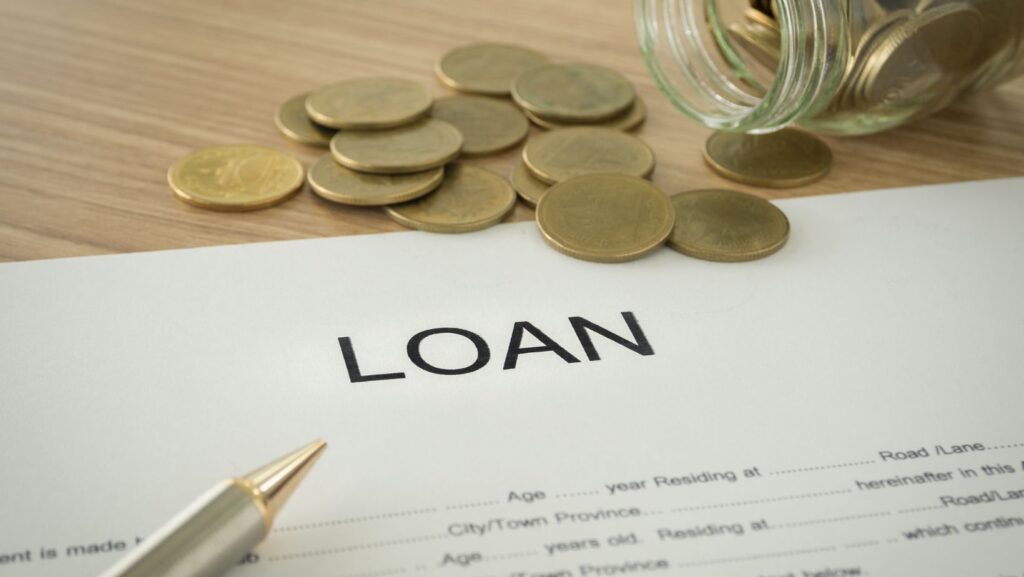Are you planning to flip a property but worried about securing the right financing?
Fix and flip loans are popular for real estate investors aiming to renovate and quickly resell properties. However, many borrowers make critical mistakes during the application process that can cost them time, money, and the deal itself. Understanding these common pitfalls can help you navigate the loan process smoothly and maximize your investment returns.
Not Having a Detailed Project Plan
Lenders want to see that you have a clear and realistic plan for renovating and selling the property. Submitting a loan application without a detailed scope of work, estimated costs and a timeline can raise red flags. Be prepared with contractor estimates, a realistic budget, and a timeline to improve your chances of approval.
Underestimating the Costs
One of the most common mistakes is underestimating renovation expenses. Unexpected costs can arise from structural issues, permit delays, or material price increases. Always include a contingency budget of at least 10-15% to cover unforeseen expenses and avoid funding shortfalls mid-project.
Choosing the Wrong Lender
Not all lenders are created equal, and selecting one without experience in fix-and-flip loans can lead to delays and unfavorable terms.

Work with a lender who understands the quick turnaround and unique needs of flipping projects.
Why Choose Trentium Capital?
When finding a reliable partner for your fix and flip loan, Trentium Capital stands out as the best option. With their extensive experience in real estate financing, they offer fast approvals, competitive rates, and flexible terms tailored to meet your project needs. Their dedicated team provides personalized support to ensure your investment runs smoothly from start to finish.
Ignoring Your Credit Score and Financial Health
Even though fix and flip loans are asset-based, lenders still consider your credit history and financial stability. Ignoring your credit report or failing to address outstanding debts can lead to higher interest rates or loan denial. Review your credit score beforehand and resolve any issues to improve your loan terms.
Overestimating the After-Repair Value (ARV)
Overestimating the ARV can lead to unrealistic profit expectations and potentially losing money on the project.

Use comparable sales in the neighborhood and consult with real estate professionals to get an accurate estimate. A conservative approach to ARV will help you make informed decisions and secure favorable loan terms.
FAQs
1. How do I qualify for a fix and flip loan?
To qualify, you typically need a solid business plan, a good credit score, and experience in real estate. Some lenders, like Trentium Capital, offer options for first-time flippers with strong financials.
2. How fast can I get a fix and flip loan approved?
Approval times vary, but reputable lenders like Trentium Capital can process loans within days, allowing you to move quickly on deals.
3. What is the typical interest rate for fixed and flip loans?
Rates usually range between 7% and 12%, depending on your experience, creditworthiness, and the lender. Working with specialized lenders often yields better rates.
4. How much can I borrow with a fix and flip loan?
Most lenders offer loans covering 70-90% of the purchase price and renovation costs. Always confirm the specific terms with your lender.
5. Can I get a fix and flip loan with bad credit?
While credit is important, asset-based lenders may focus more on the property value. However, improving your credit can lead to better terms.
Conclusion
Applying for a fix and flip loan doesn’t have to be overwhelming. By avoiding these common mistakes like underestimating costs, overlooking your credit health, or choosing the wrong lender, you can set yourself up for a smooth and profitable real estate investment journey.


